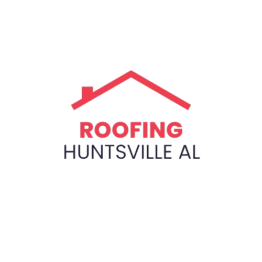When it comes to protecting your home or building from the elements, choosing the right roofing system is crucial. From durability and cost-effectiveness to aesthetic appeal and environmental impact, various factors influence the selection process. In this comprehensive guide, we’ll explore five of the most common roofing systems used in residential and commercial construction. Whether you’re considering a traditional asphalt shingle roof or exploring the benefits of a green roof, we’ll provide valuable insights to help you make an informed decision.
Asphalt Shingle Roofing Systems
Asphalt shingle roofing systems are by far the most popular choice among homeowners due to their affordability, versatility, and ease of installation. In this chapter, we’ll delve into the different types of asphalt shingles, including three-tab and architectural shingles, and discuss their pros and cons. From traditional asphalt to modern composite materials, asphalt shingle roofs offer a wide range of options to suit any budget or aesthetic preference.
Metal Roofing System
Metal roofing systems have gained popularity in recent years due to their exceptional durability, longevity, and energy efficiency. In this chapter, we’ll explore the various types of metal roofing materials, such as steel, aluminum, and copper, and discuss their unique characteristics. From standing seam panels to metal shingles and tiles, metal roofing system offer superior protection against harsh weather conditions and can last upwards of 50 years with proper maintenance.
Flat Roofing Systems
Flat roofing systems are commonly used in commercial and industrial buildings due to their cost-effectiveness and suitability for large, expansive structures. In this chapter, we’ll examine the different types of flat roofing materials, including built-up roofing (BUR), modified bitumen, and single-ply membranes such as EPDM and TPO. Despite their name, flat roofs typically have a slight slope to facilitate drainage and prevent water pooling, making them a practical choice for buildings with minimal roof pitch.
Green Roofing Systems
Green roofing systems, also known as living roofs or vegetative roofs, are becoming increasingly popular as sustainable building practices gain momentum. In this chapter, we’ll explore the benefits of green roofs, including improved energy efficiency, storm water management, and enhanced biodiversity. From extensive green roofs with lightweight planting materials to intensive green roofs with deeper soil and diverse vegetation, green roofing system offer a host of environmental and aesthetic advantages.
Slate and Tile Roofing System
Slate and tile roofing systems are prized for their timeless elegance, durability, and fire resistance. In this chapter, we’ll discuss the characteristics of natural slate, clay, and concrete tiles, as well as their suitability for different architectural styles. While slate and tile roofs tend to be more expensive upfront, their longevity and low maintenance requirements make them a worthwhile investment for discerning homeowners seeking a classic, upscale look.
Conclusion:
Choosing the right roofing system for your home or building is a decision that shouldn’t be taken lightly. From asphalt shingles and metal roofs to flat roofs and green roofs, each roofing system offers unique benefits and considerations to take into account. By understanding the characteristics, pros, and cons of the five common roofing systems discussed in this guide, you can make an informed choice that meets your needs, budget, and aesthetic preferences. Whether you prioritize affordability, durability, sustainability, or architectural style, there’s a roofing system out there to suit your requirements and elevate the protection and beauty of your property.
